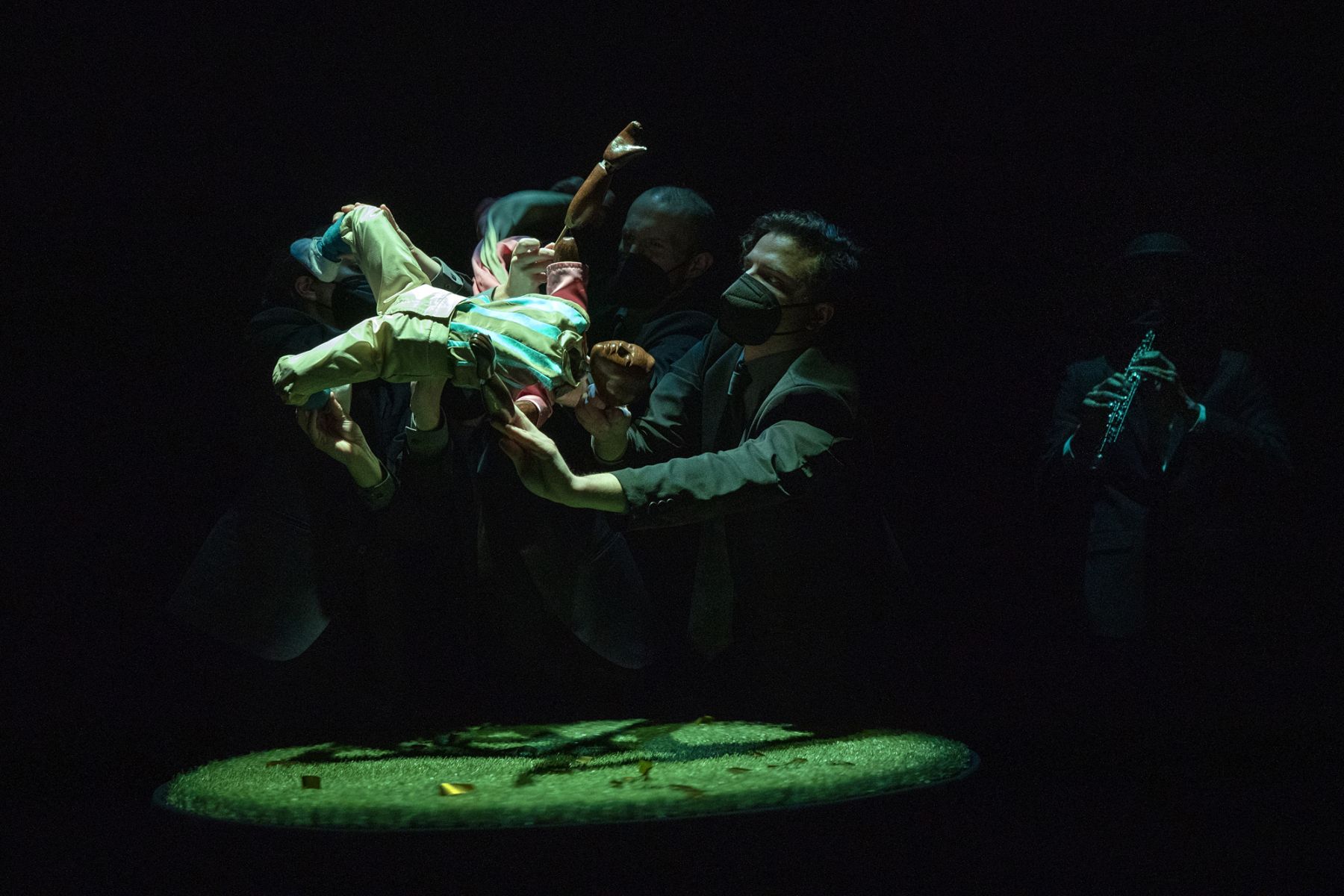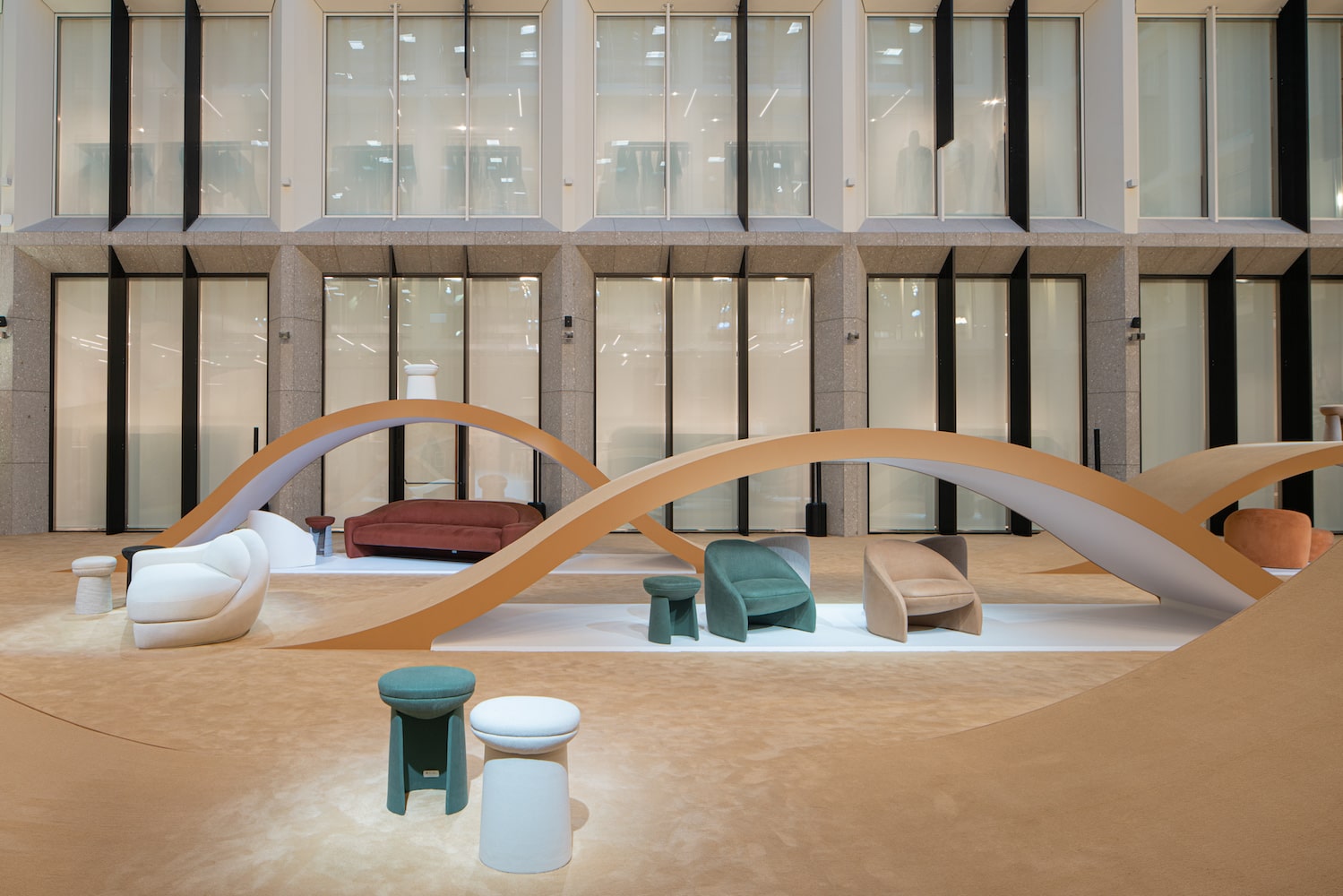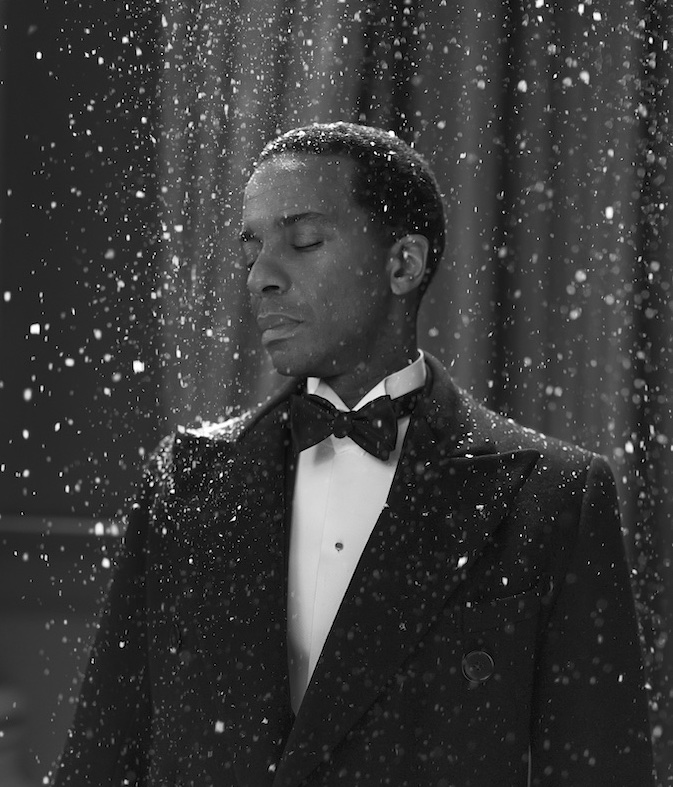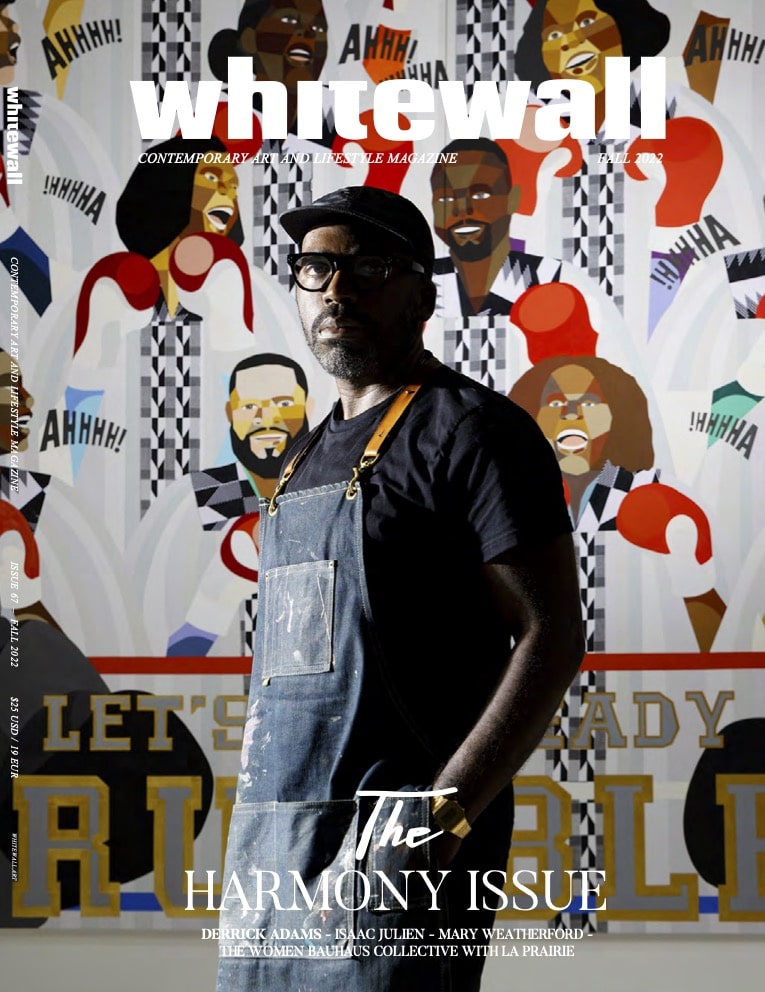Art collector Nicolas Mourot did not grow up in the art world. But he did grow up in Paris, a city that pulses with beauty and rich history, embedded in its architecture and culture. A need to collect was always within him—be it pens, lighters, or watches—and when a good friend introduced him to contemporary art, he was hooked. His first purchase was a Danh Vo sculpture from Chantal Crousel gallery, and his collection has grown to include more than 250 pieces by names like Maria Berrio, Daniel Richter, Neïl Beloufa, Latifa Echakhch, Lucy Bull, and Chiharu Shiota.
The conversations between artistic generations and art’s constant questioning of our moment in time have kept Mourot seeking. That inquisitive drive has also paralleled a longstanding interest and investment in cryptocurrencies, the blockchain, and the metaverse. Excited to see how the NFT revolution will shape the future, Mourot spoke with Whitewall about how art alters our understanding of space and time.
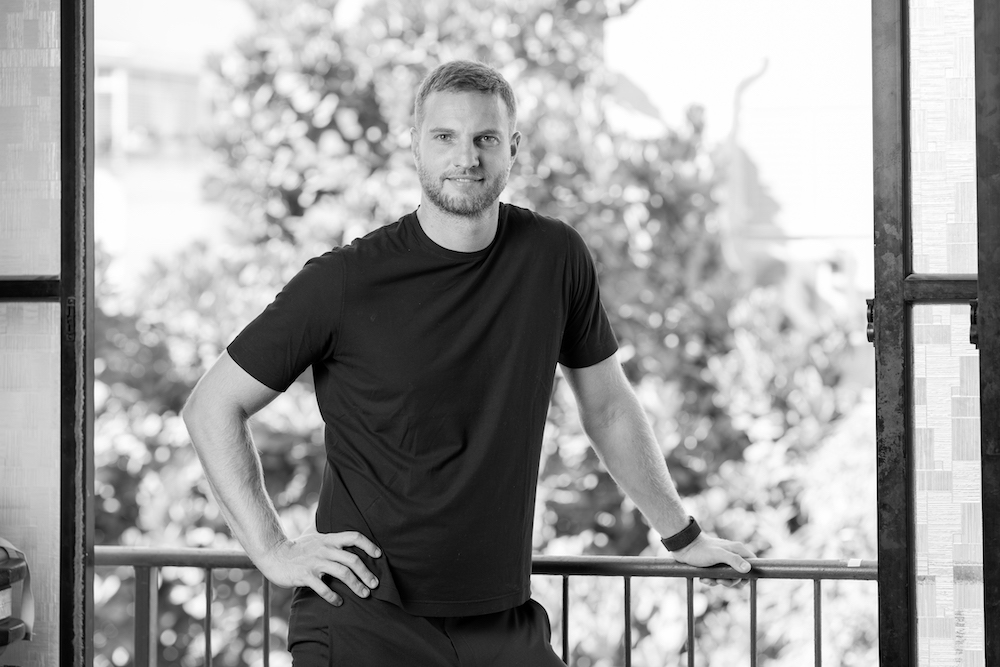
Courtesy of Nicolas Mourot.
WHITEWALL: What kind of exposure did you have to art early on? Was it something you grew up around?
NICOLAS MOUROT: Art was not something I grew up with but something that I was attracted to. I grew up in Paris surrounded by art and architecture, by the city and its history. Everything is so accessible there, and all of that appealed to my sense of aesthetics
and my obsession for detail. I understood quickly how history shapes us.
WW: How did you start collecting? What was the first piece of art you acquired, and do you still have it?
NM: I have always been a collector. I believe it’s a character trait you are born with. I started with pens, lighters, vintage watches, and ended up with contemporary art—an insatiable appetite for beautiful things, one might say. One of my best friends worked in a major art gallery and she introduced me to this incredible world. In 2012, I acquired a sculpture by Danh Vo from Chantal Crousel, and I was hooked! I still have the work, of course, but I believe that a collection is alsoa bit of history about yourself.
WW: Has the way in which you collect and the reason why evolved since you began?
NM: My tastes and choices have, of course, evolved. I think we all grow and respond to our environments. The issues that bother us and our personal histories get intertwined with our outlook on the world. Contemporary art makes us stop for a minute and contemplate questions that we might otherwise overlook, and it is this questioning that makes me always want more.
WW: Is there a medium you find yourself drawn to?
NM: Painting has, of course, an immediate impact on the viewer, but I am also drawn to sculpture, and I am interested in artists that merge different techniques or push them to their boundaries, like Michal Rovner.
WW: Has it been important for you to collect certain artists in depth?
NM: I am very interested in collecting artists in depth, throughout their careers and their evolutions. In my opinion, it’s a way to let them tell their stories and for me to make it come alive. Daniel Richter, Neïl Beloufa, Latifa Echakhch, and Lucy Bull are all artists I have collected early on and continue to do so. It’s fascinating to see them evolve, explore different aspects of their art, and be constantly surprised.
WW: How do you like to acquire works?
NM: I have struck some strong relationships with a few galleries around the world—those gallerists are people I respect and whose taste I look up to. I found that this was the best way to find the right direction for my collection. I do give space for surprises, especially when visiting the younger fairs, and sometimes these encounters turn into long-term friendships.
WW: How do you experience your collection? Do the works rotate? Are there works you like to see every day?
NM: I try to live with as much as possible, especially because I believe it’s important to share that with my family and, in particular, my three daughters. Collecting art of our time makes me understand my place in the realm of space and time, but also to not be passive.
WW: Any recent acquisitions you can share with us?
NM: I have been fortunate enough to have the chance to acquire what has become my favorite artwork recently—a flaming U by Wade Guyton. For me, he truly is one of the most important artists of his generation, especially in the way he has reshaped how we think about painting. I also recently acquired a stunning work by Vojtech Kovarik, and something I had been longing for for many years—a sculpture by Chiharu Shiota. Putting this list together now, I realize that these might appear eclectic, yet to me they share a similar sense of aesthetics and a similar quest for beauty.
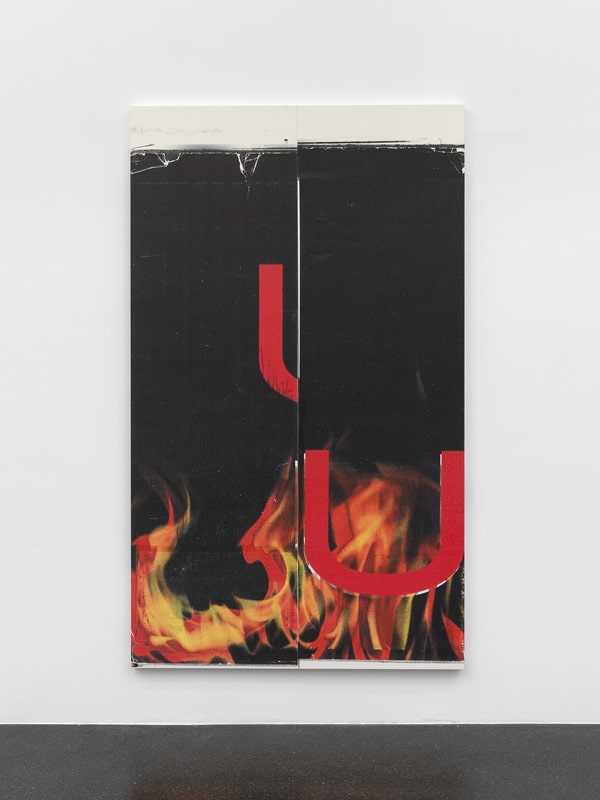
Wade Guyton, “Untitled,” 2020, Epson UltraChrome HDX inkjet on linen, 93 x 55 inches, courtesy of the artist, Francesca Pia, and Nicolas Mourot Collection.
WW: You’ve engaged in the crypto space for years. What are your feelings on the intersection of art and NFTs? What potential do you see for collectors in this space?
NM: I have started investing in blockchain and cryptocurrencies in 2016, in equity as well as in tokens, and I continue to do so today with great conviction. This is beyond a financial system to me, but a real-life philosophy. The technology in itself is so revolutionary that it’s understandable it is met with resistance in our traditional world. But I have no doubt that it will be implemented in all areas of our lives in the future—it’s, simply put, a better system.
NFTs are revolutionary—they will have a crucial role in the metaverse—but like all innovations, it will take time to find its grounding.
WW: Is it important for you to actively lend works in your collections to museums or institutions?
NM: For me, this is the most crucial point of the collection, supporting the display of the artworks. What good does it do to have a storage full of art that no one gets to see? I try to support museums and institutions throughout the world, through donations and lending works, trying to facilitate the difficult position of the curators, and, most importantly, to help the works of the artists I love to be seen. I have grown very close with the MAMCO in Geneva—it’s at the crossroad of places and visions that feel close to my heart and my history. Working with MAMCO’s Lionel Bovier has taught me so much about art, and I realized that this learning curve is my true reason for doing all this. I also recently made a donation of a fantastic video work by Derek Fordjour to the Studio Museum in Harlem. It was clearly meant for the museum and working with Thelma Golden and her incredible vision also enriched me. Contemporary art has this incredible faculty to create a dialogue, and this is what I aim to focus on.
WW: How are you thinking about your collection in the long term? Its legacy?
NM: I am 36, and I own around 250 works of art, which might seem like a lot, but most definitely not enough for me! I sincerely hope that I will be able to continue to grow and grow the collection for the rest of my life. I like to create a perspective between important artists who have already shaped art history and younger emerging ones who I believe will do so.


